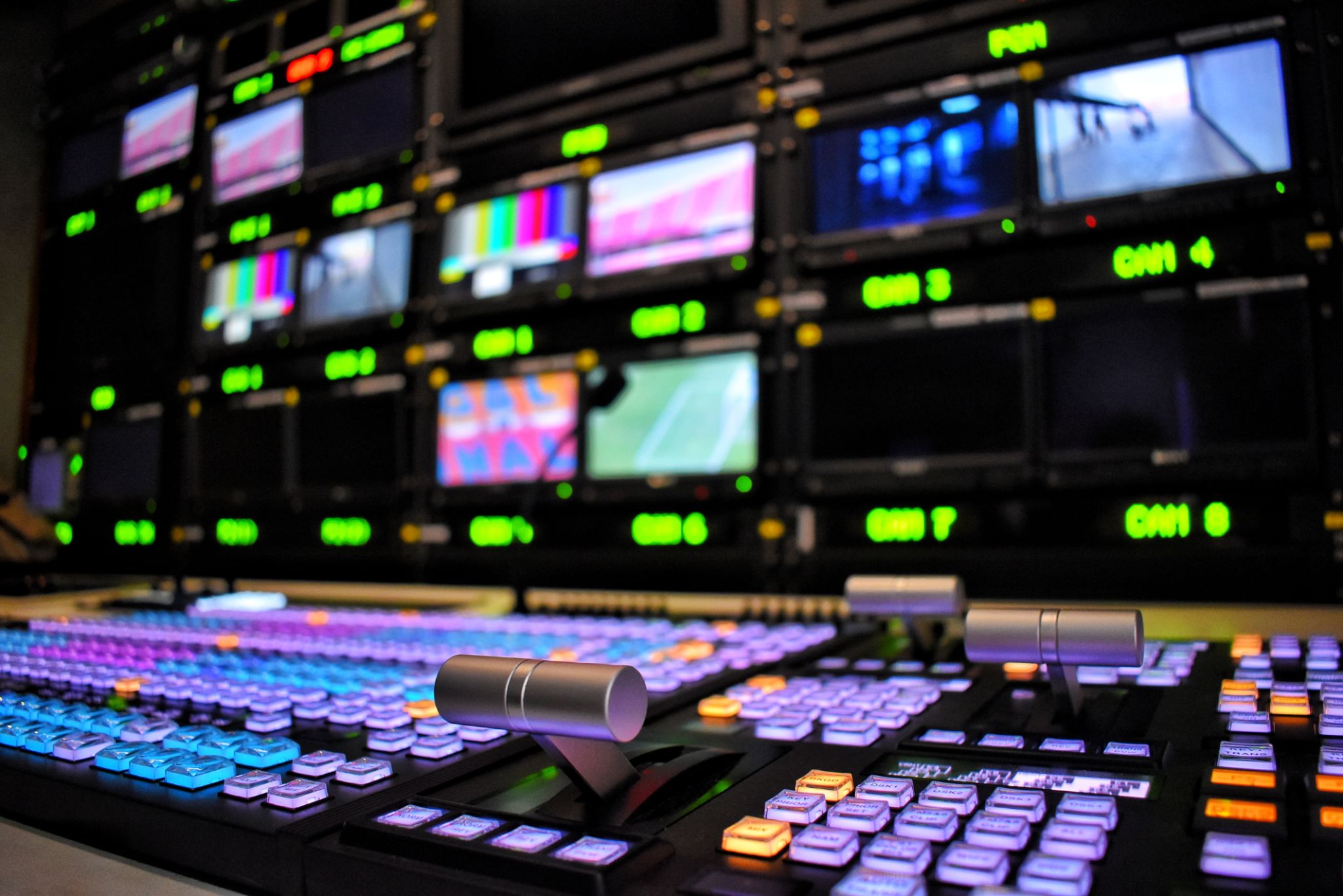Emerging Sports Technology Trends to Watch
Revolutionizing Athletic Performance
The intersection of technology and sports is creating groundbreaking opportunities for athletes, coaches, and fans alike. One of the most significant trends is the integration of wearable technology. These devices, ranging from fitness trackers to smart clothing, provide real-time data on various performance metrics. Athletes can now monitor their heart rate, speed, distance, and even muscle activity to enhance their training efficiency and avoid injuries.
Moreover, advancements in data analytics allow coaches to develop personalized training programs based on the athlete's unique physiological data. This personalized approach not only boosts performance but also helps in identifying potential health risks before they manifest.

Transforming Fan Engagement
Sports technology is not just limited to improving athletic performance; it is also transforming how fans engage with their favorite sports. Virtual reality (VR) and augmented reality (AR) are becoming increasingly popular as they provide immersive experiences that bring fans closer to the action. Imagine watching a live game from the perspective of your favorite player or having real-time stats overlaid on your view of the field through AR glasses.
Additionally, social media platforms and sports apps are leveraging technology to offer real-time updates, interactive content, and exclusive behind-the-scenes footage. This enhanced engagement keeps fans connected and invested in their teams and athletes like never before.

Revolutionary Training Methods
Technology is also revolutionizing training methods with the help of artificial intelligence (AI). AI-driven software can analyze vast amounts of data to identify patterns and insights that human coaches might miss. This allows for more strategic decision-making and adjustments during games or training sessions.
For instance, AI can simulate different game scenarios, enabling athletes to practice decision-making skills in a controlled environment. This type of training is invaluable for sports like basketball or soccer where split-second decisions can determine the outcome of a game.

Enhancing Safety Protocols
Safety is a top priority in sports, and technology is playing a crucial role in enhancing safety protocols. Smart helmets in contact sports like football and hockey are equipped with sensors that detect impacts and alert medical staff to potential concussions. This immediate feedback can be life-saving, ensuring that players receive prompt medical attention.
Moreover, advanced materials and designs in sports equipment are reducing the risk of injury. Protective gear is now lighter, more comfortable, and more effective at absorbing shock, keeping players safer on the field.
The Future of Sports Broadcasting
The way we consume sports is changing rapidly with advancements in broadcasting technology. High-definition streaming, 360-degree cameras, and drone footage are offering viewers unprecedented coverage of sporting events. These innovations provide fans with a more dynamic and engaging viewing experience, making them feel as if they're part of the action.
Furthermore, intelligent algorithms are being used to curate personalized content for viewers based on their preferences and viewing history. This ensures that fans receive the most relevant and exciting highlights tailored just for them.

Conclusion
The future of sports technology is bright, with endless possibilities for improving athletic performance, fan engagement, safety, and broadcasting. As these technologies continue to evolve, they will undoubtedly shape the future landscape of sports, offering new opportunities and experiences for everyone involved.
